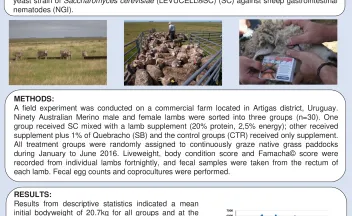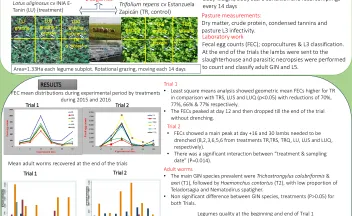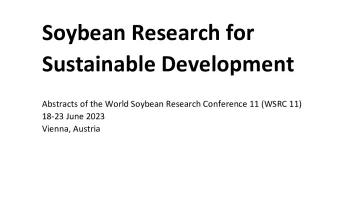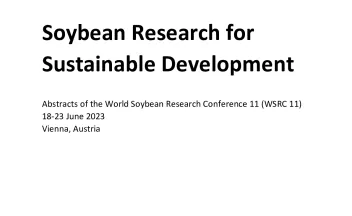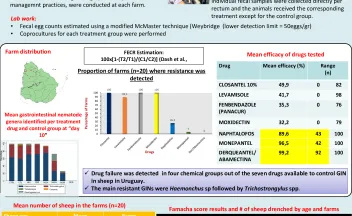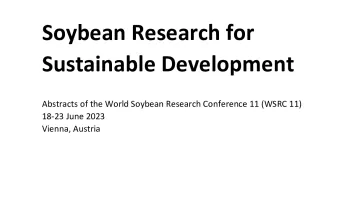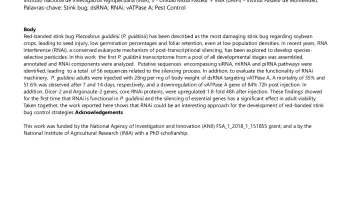Proyectos de investigación y desarrollo a nivel nacional y cooperación pública-privada.
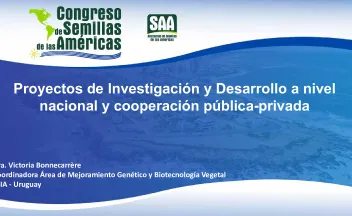
CONTENIDO:Contexto:Inversión I+D en agrícola (fitomejoramiento). -- I+D en el sector público - fitomejoramiento. -- Asociaciones público-privadas (PPP). -- Mejoramiento genético en INIA. -- Red Nacional de Biotecnología Agrícola. -- Las plataformas. -- Líneas de investigación desarrolladas - Edición génica (CRISPR/Cas9). -- FONTAGRO. Edición génica para mejoramiento en especies vegetales y animales. --

